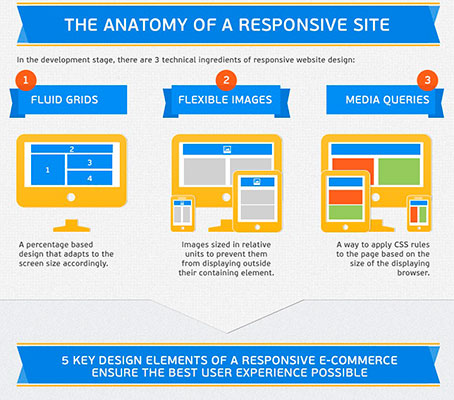Keen To Find Exactly How Site Design Has Changed With Time? Study The Evolution From Simplicity To User-Focused Experiences.
Keen To Find Exactly How Site Design Has Changed With Time? Study The Evolution From Simplicity To User-Focused Experiences.
Blog Article
Team Author-Solis Dodson
In the past, web sites were straightforward and concentrated on info. Navigating was direct, and design was for desktop computers. Now, individual experience is vital. best search engine marketing guides styles for very easy navigating. Responsive layouts suit different gadgets. Today, dark setting reduces stress, and minimal food selections boost navigating. Interactive attributes engage users, and bold visuals stick out. AI integration improves involvement. See exactly how https://what-is-content-marketing84050.loginblogin.com/36570069/picking-the-most-effective-digital-advertising-agency-for-your-company has actually evolved to improve your on-line journey.
Very Early Days of Web Design
In the early days of web design, simplicity reigned supreme. Sites were fundamental, with limited colors, font styles, and designs. The focus got on providing info instead of fancy visuals. Customers accessed the net with slow dial-up links, so rate and capability were vital.
Navigating food selections were straightforward, generally located on top or side of the web page. Web sites were made for home computer, as mobile browsing wasn't yet common. Material was king, and designers focused on simple readability over complex design elements.
HTML was the key coding language used, and designers had to work within its restrictions. Animations and interactive attributes were marginal contrasted to today's criteria. Sites were static, with little dynamic material or individualized user experiences.
Rise of User-Focused Style
With the evolution of site style, a shift towards user-focused design concepts has actually come to be significantly noticeable. Today, creating sites that prioritize individual experience is essential for engaging visitors and accomplishing service objectives. User-focused layout entails recognizing the demands, preferences, and actions of your target audience to customize the site's design, content, and includes appropriately.
Designers now carry out detailed research study, such as user surveys and usability testing, to gather insights and responses straight from customers. This data-driven technique helps in developing instinctive navigating, clear calls-to-action, and visually attractive interfaces that reverberate with site visitors. By putting the customer at the facility of the layout process, web sites can supply an extra personalized and pleasurable experience.
Responsive style has also emerged as a key facet of user-focused style, making sure that internet sites are optimized for various gadgets and screen dimensions. This flexibility enhances accessibility and use, catering to the diverse ways users interact with internet sites today. Fundamentally, the increase of user-focused style symbolizes a shift towards producing electronic experiences that prioritize the needs and assumptions of the end user.
Modern Trends in Website Design
Explore the most recent fads shaping website design today. One popular fad is dark mode style, using a streamlined and modern look while lowering eye stress in low-light settings. Another key trend is minimal navigating, simplifying menus and enhancing user experience by focusing on essential elements. Incorporating micro-interactions, such as computer animated switches or scrolling results, can develop an extra engaging and interactive internet site. Receptive style stays vital, guaranteeing seamless customer experiences across various gadgets. In addition, utilizing strong typography and asymmetrical formats can add visual interest and accentuate specific content.
Incorporating AI innovation, like chatbots for customer assistance or personalized recommendations, improves customer involvement and streamlines processes. Ease of access has likewise end up being a considerable fad, with developers prioritizing inclusive layout methods to satisfy diverse individual needs. Welcoming sustainability by optimizing site performance for speed and effectiveness is an additional arising trend in website design. Teaming up with user responses and data analytics to iterate and enhance style constantly is vital for remaining appropriate in the ever-evolving electronic landscape. By embracing these modern-day fads, you can develop a visually appealing, straightforward website that resonates with your target market.
Verdict
As you assess the evolution of website design from the early days to currently, you can see just how user-focused layout has ended up being the driving force behind modern patterns.
Welcome the journey of modification and adaptation in website design, always keeping the customer experience at the leading edge.
Stay current with the current fads and technologies, and never stop advancing your strategy to produce aesthetically stunning and straightforward sites.
Evolve, adapt, and create - the future of web design remains in your hands.
